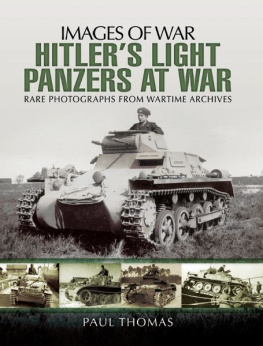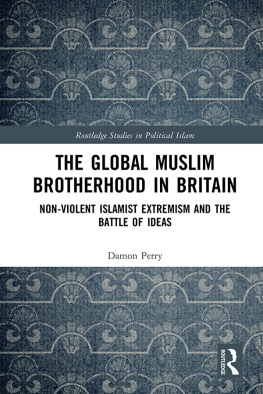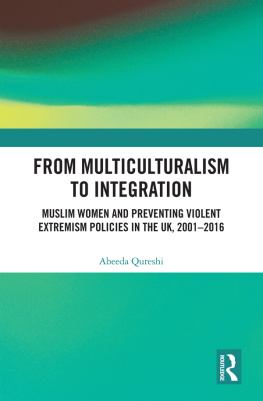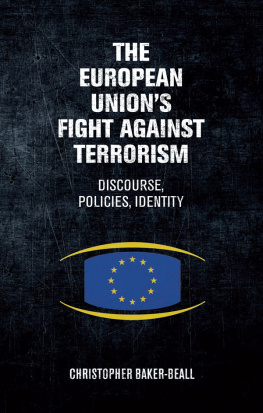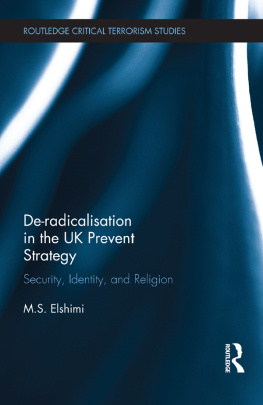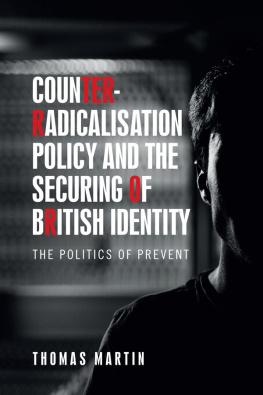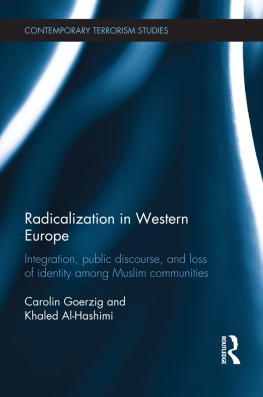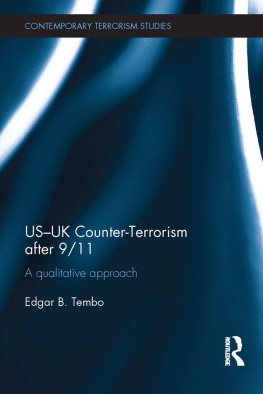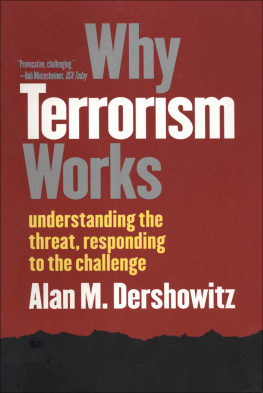Responding to the Threat of Violent Extremism
Failing to Prevent
Paul Thomas
BLOOMSBURY ACADEMIC
First published in 2012 by
Bloomsbury Academic
an imprint of Bloomsbury Publishing Plc
50 Bedford Square, London WC1B 3DP, UK
and
175 Fifth Avenue, New York, NY 10010, USA
Copyright Paul Thomas 2012
This work is published subject to a Creative Commons Attribution Non-Commercial Licence. You may share this work for non-commercial purposes only, provided you give attribution to the copyright holder and the publisher. For permission to publish commercial versions please contact Bloomsbury Academic.
CIP records for this book are available from the British Library and the Library of Congress
ISBN 978-1-84966-525-4 (hardback)
ISBN 978-1-84966-599-5 (ebook)
Visit www.bloomsburyacademic.com to find out more about our authors and their books. You will find extracts, authors interviews, author events and you can sign up for newsletters to be the first to hear about our latest releases and special offers.
Cover image: Peter Macdiarmid/epa/Corbis
Contents
Acknowledgements
T here are many people I would like to thank for their support, both to the book itself and to the processes of research that have informed it. Id like to thank Kirklees Metropolitan Council, and especially Andrew Pennington and Saied Laher, for inviting me to evaluate the learning from their initial, Pathfinder phase of Prevent funding. Id also like to thank the Rochdale Pride Partnership for their funding, via Prevent, of the Rochdale Youth Identity Project, which enabled me and my colleague Pete Sanderson to investigate young peoples experiences of identity and cohesion, alongside similar work in Oldham. Many thanks are due to the officers and staff of the Youth Services of both Rochdale and Oldham local authorities, and to local voluntary youth organisations in both areas, who collaborated actively with us on the Youth Identity Project, and especially to Dave Baker and Jamshed Miah of Rochdale Youth Service. The support from Oldham Youth Service and voluntary youth organisations in the borough was built on the great support and access I received previously when researching the local implementation of community cohesion-based work with young people. Id also like to thank my colleagues Surya Monro, Umar Razaq and Andy Mycock for their collaboration on the Regional Improvement and Effectiveness Partnership: Community Cohesion and Prevent Pilot research in West Yorkshire, and to Local Government Yorkshire and the Humber, and their officers David Young and Amy Smith, for funding it.
Id also like to thank the editors and anonymous reviewers from The Political Quarterly and The British Journal of Politics & International Relations for their very helpful comments on two earlier articles ( at the Political Studies Association annual conference in 2009 and the British Sociological Association annual conference in 2010. Thank you also to the anonymous reviewer selected by Bloomsbury Academic to review the book proposal, the anonymous readers who made very helpful and constructive comments on the initial manuscript, and to the Bloomsbury editorial staff for all their support and guidance.
As well as the above, Id like to thank a number of friends and colleagues for their advice, insights, suggestions and comments on draft material that have helped shape the book and its arguments: Jebar Ahmed, Jo Bishop, Kris Christmann, Bob Green, Dave Kelman, Rachael Loftus, Shamim Miah, Jim McAuley, Surya Monro, Andy Mycock, Bruce Penhale, Pete Sanderson, Dave Waddington, Andrew Walsh and Paul Wilcock. Thank you as ever to my colleagues in the School of Education and Professional Development, and to the University of Huddersfield as a whole, for continuing to support my research and writing. Above all, thanks to all my family, especially to my wife Bev and to my sons Rhys and Matthew, for putting up with me being locked away in my study for so long!
Preface
I n many ways, this book is the product of my response, through research and writing, to a series of events, rather than pre-planning. My long-term research focus has been, and remains, one around multiculturalism, ethnic identity and young people. From shortly after the 2001 riots in northern England, I have been carrying out field research in Oldham, and neighbouring Rochdale, in Greater Manchester into how the apparently new race relations policy approach of community cohesion has been understood and operationalised by professionals on the ground, and how the issues that it addresses are experienced and understood by young people. That research involvement informed my 2011 book Youth, Multiculturalism and Community Cohesion (Palgrave Macmillan), which used this grounded research evidence to suggest more nuanced and progressive understandings of what community cohesion has the potential to be than many academic critiques based solely on readings of national policy documents and accompanying political discourses largely have allowed.
However, events and governmental policy reactions to them have intervened to alter the landscape of ethnic relations and the promotion of community cohesion that I have been attempting to make sense of. The 7/7 London bombings of July 2005 occurred as I was carrying out field research with youth workers in Oldham, which had a significant impact on the tone and content of a number of those in-depth conversations. The impact grew as it became apparent that all four of the attackers were from West Yorkshire. Three attackers came from the city that I live in, Leeds, and the other came from the town, Huddersfield, that I work in. The ringleader, Mohammad Sidique Khan, had been a part-time youth worker and was known to a number of youth work professionals that I have trained, or liaised with, whilst another of the attackers was well known to friends of mine. Within a year of the 7/7 attacks, it was starting to be clear that, as a result of those events, government was determined to take the focus and content of policy relating to British Muslim communities in a significantly difficult direction. The Prevent agenda was announced in October 2006, and the Preventing Violent Extremism Pathfinder initiative commenced in April 2007. From the moment it started to be implemented, experienced youth workers, community workers and other local authority officials who I knew, and whose judgement I trusted, were flagging Prevent up as not only highly problematic in itself but also flatly contradictory to the community cohesion agenda they were attempting to develop locally, often through highly imaginative pieces of work. To those workers, and me, Prevent seemed to have forgotten all the concerns that the 2001 riots had crystallised, and which the Cantle Report had identified, around both increasingly racialised community identities and relations, and policys failure to address that, as well as the well-documented problems of previous approaches to tackling racist extremism in white communities. In both cases, monocultural policy approaches that essentialised and reified ethnic or faith identity in the absence of focus on social class and identity complexity had proved counterproductive, as the community cohesion analysis so clearly identified, but Prevent seemed determined to ignore those lessons of history. Research involvements in and around the local implementation of Prevent in both Greater Manchester and West Yorkshire confirmed those feelings and provided evidence of community cohesion thinking and practice being sidelined by





